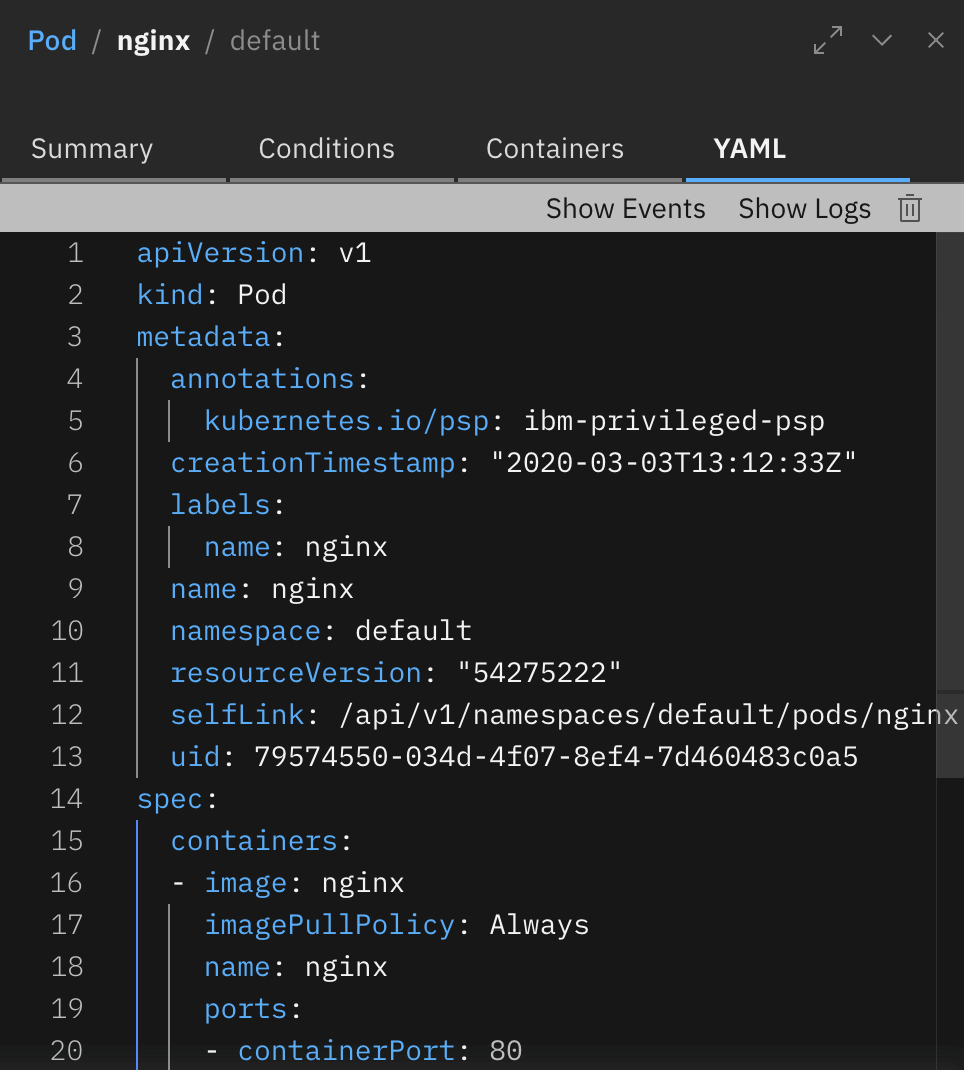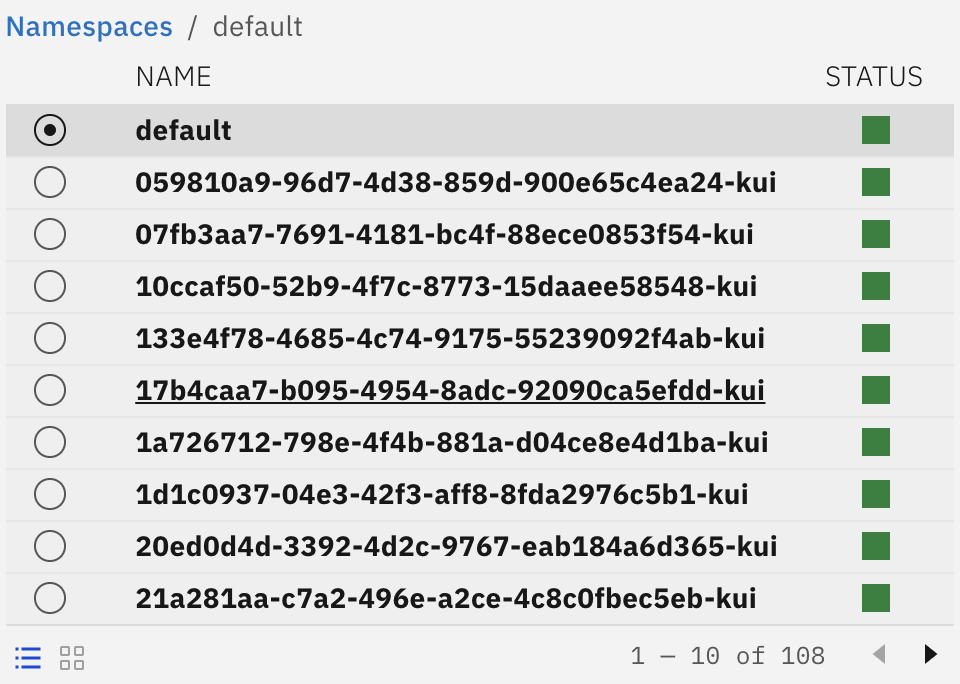Kui combines the power of familiar CLIs with visualizations in high-impact areas. Kui enables you to manipulate complex JSON and YAML data models, integrate disparate tooling, and provides quick access to aggregate views of operational data.
We offer prebuilt images that provide Kubernetes enhancements:
Kui-MacOS.tar.bz2 | Kui-Linux-x64.zip | Kui-Win32-x64.zip
To run Kui as a kubectl
plugin
(for kubectl 1.12+), add the unpacked directory to your PATH;
e.g. on MacOS:
curl -L https://macos-tarball.kui-shell.org/ | tar jxf -
export PATH=$PWD/Kui-darwin-x64:$PATH
kubectl kui get podsAfter the final command, you should see a popup window listing pods in your current namespace. Note: On Windows, Kui currently has kubectl plugin support for UNIX shells and PowerShell.
If you want to help, please take a look at the developer guide and our guidelines.
To help with complex data, Kui offers a suite of visualizations. You can quickly flip between the terminal and these visualizations, without having to switch to a browser, log in, and navigate through complex menu structures.
Kui uses Electron to provide you with an augmented but CLI-focused development experience. You will have access to your filesystem and your favorite terminal and text editor. At the same time, one may offer a hosted Kui, allowing the same experience in both a local- and browser-based experience.
- Developer Guide
- Kui can form the basis for delivering CLI-driven GUI experiences. For example, Kui has a custom client for Apache OpenWhisk: Oui







